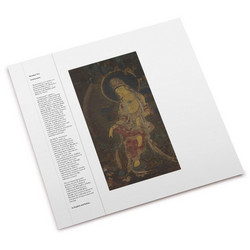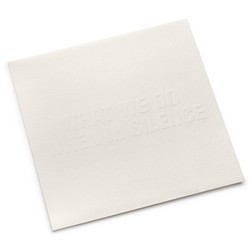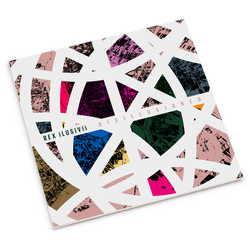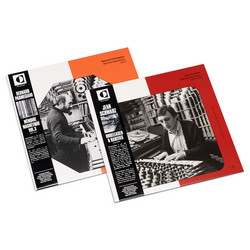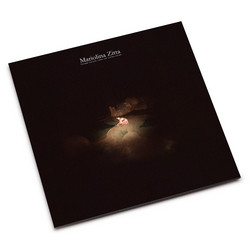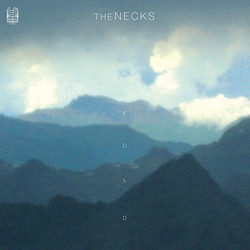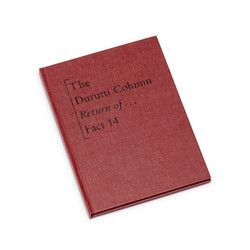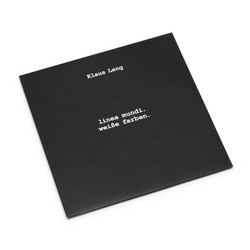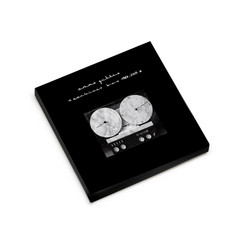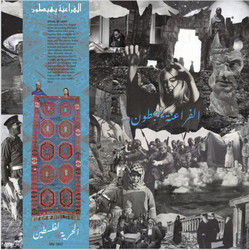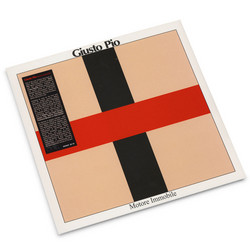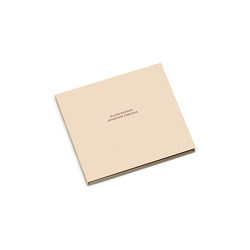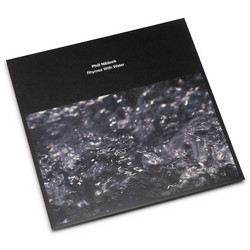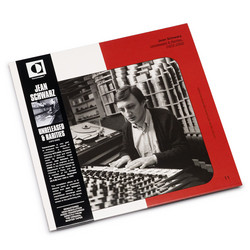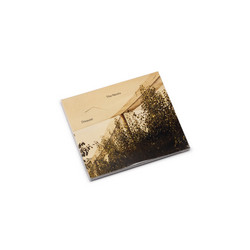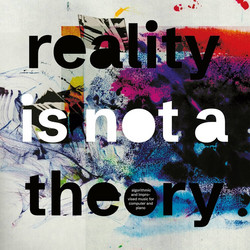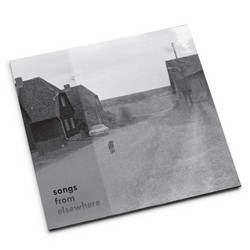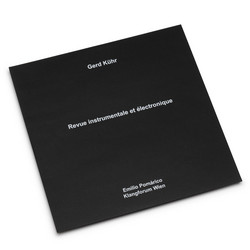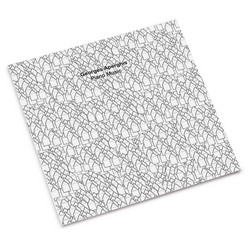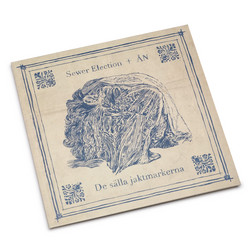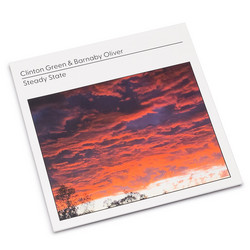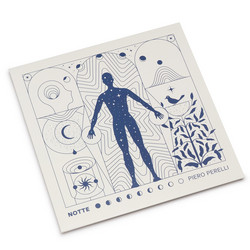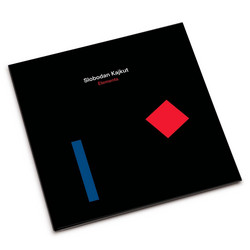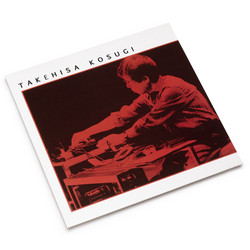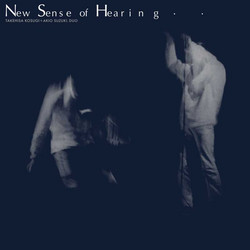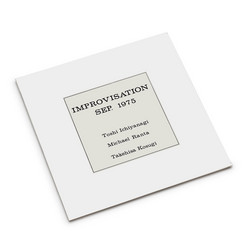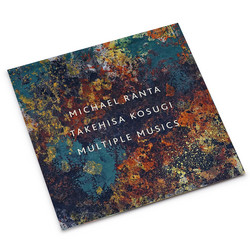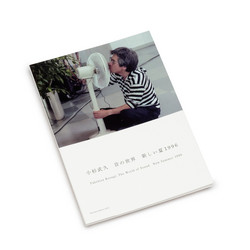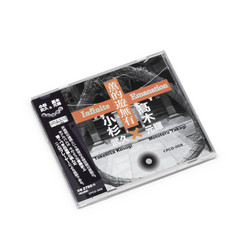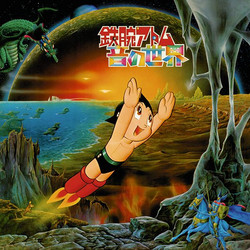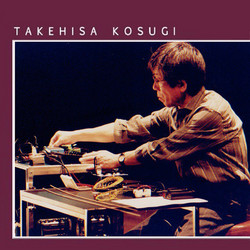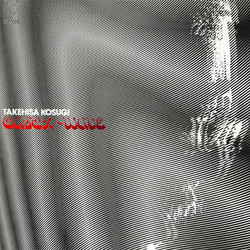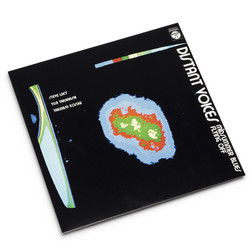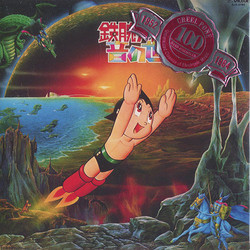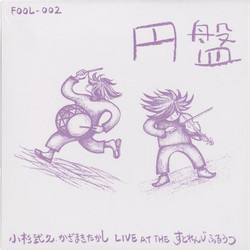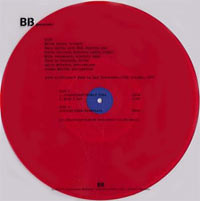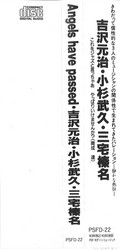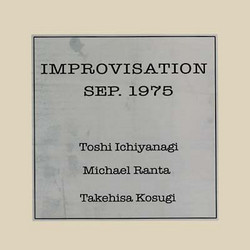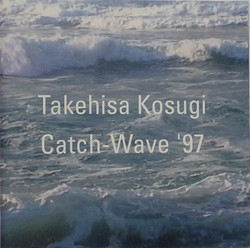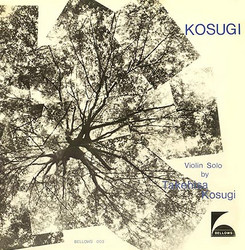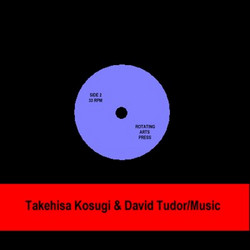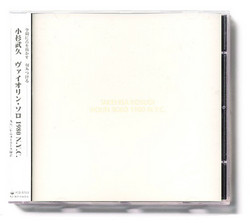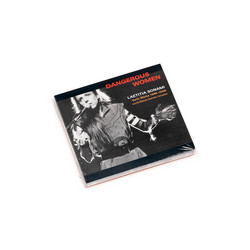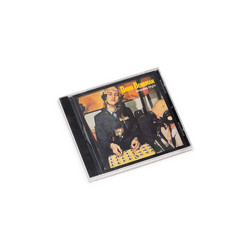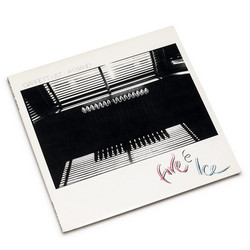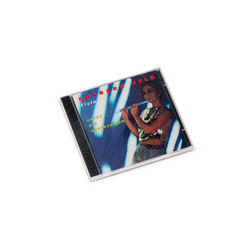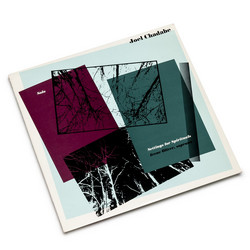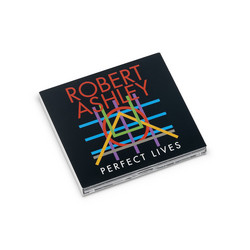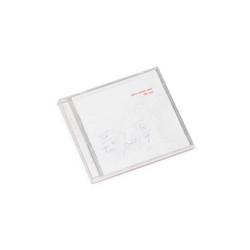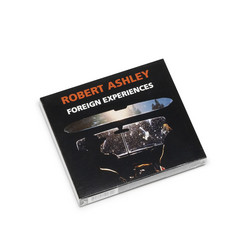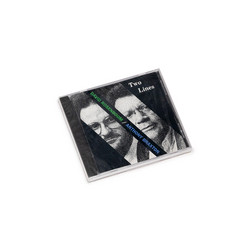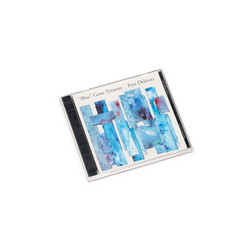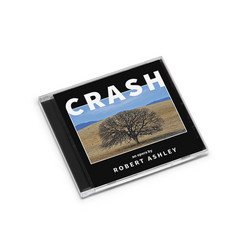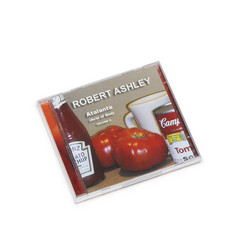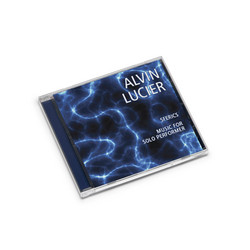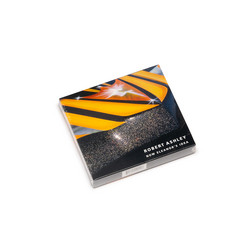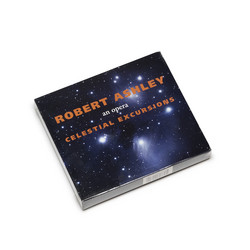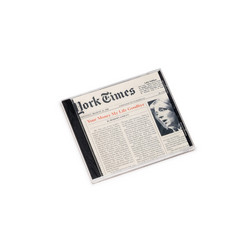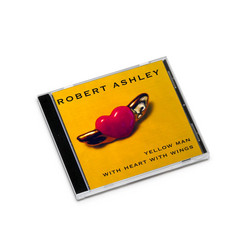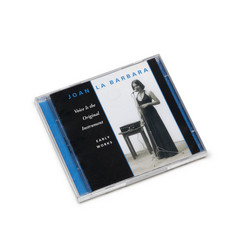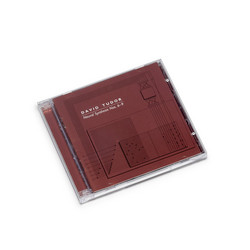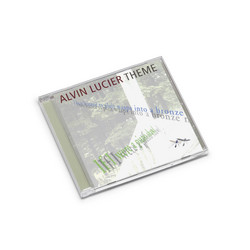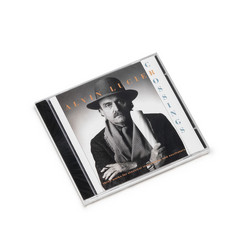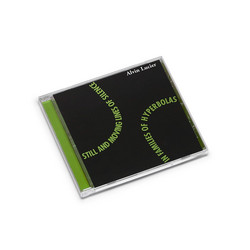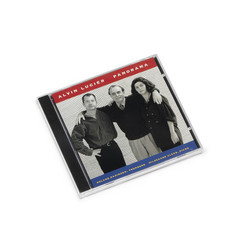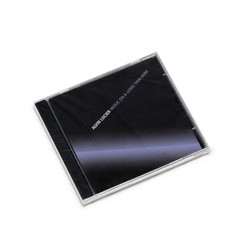Originally released in 1989, Violin Solo documents Takehisa Kosugi's improvisations with electric violin and miscellaneous sounding objects, recorded September 3-4, 1989. Kosugi's approach has a sense of emerging from the bottom of a spiritual unconscious. From this place comes a music based more on the feeling of sounds than conscious arrangement. Memory, physical action, tactile perceptions, environmental conditions, and awareness of subconscious microcosmic and macrocosmic extremes inform his work as much as the intention to assemble sounds into music. When listeners connect with his sounds, a direct identification of experience occurs between audience and performer.
Kosugi improvises short phrases, some of which revolve around only one or two notes, and some of which are more active. The phrases have unique individual curves that remind one of the quick brush strokes of a calligrapher. And each one has a few little flaws, too. Places where the ink or the sound doesn't quite fill in. Places where a brush hair or a bow hair wanders a little to one side. The violinist moves a lot as he plays. Many phrases begin standing tall and end in a crouch. The music seems to emanate from his breathing, from his body. His brain has little to do with it. He seems quite at home on his instrument, and there is little doubt that he could play Bach respectably if he wanted to. But here he is not striving for any specific, thought-out results. The sounds have a more physical origin, and the scratchiness or mellowness of the tone seems more a matter of muscular accident than conscious decision. Sometimes the phrases are quite strident, but since they are disconnected from the will, they never seem aggressive.
Kosugi was a founding member of Taj Mahal Travellers and longtime collaborator with Merce Cunningham Dance Company, where he served as musical director for decades. His approach to improvisation connects directly to Fluxus principles: anti-virtuosity, process over product, the dissolution of boundaries between composer and performer, sound and action. But where much Fluxus work embraced conceptual rigor or anarchic provocation, Kosugi's practice is fundamentally meditative: sound as extension of breath, gesture as sonic calligraphy.
This is music that bypasses intellect entirely, operating at the level of physical presence and intuitive response. Each phrase is complete in itself, requiring nothing before or after. The electric violin's timbral range, from sweet sustained tones to raw scratches and microtonal slides, becomes a direct map of bodily movement and breath. There is no composition here in the traditional sense, only the unfolding of sound through presence.

